Contact Sheets
After completing my photoshoots, I imported my photos into Lightroom Classic, into my folders for the topic of Anthropocene. – I have one folder for shoot 1 – housing, and one for shoot 2 – buildings.
Shoot 1
In my first photoshoot, I took photos of housing blocks and estates: Le Marais, St Clements, and St Helier – the two blocks of flats I photographed in St Helier were next to the tunnel and next to the bus station.
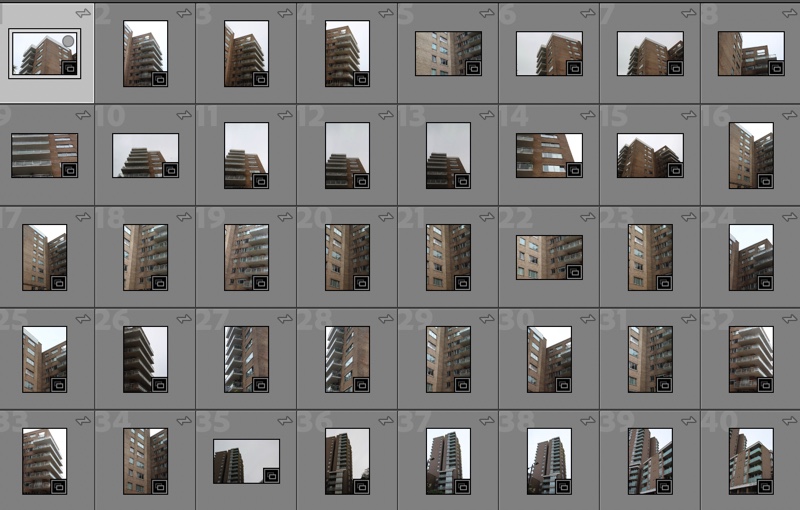
These pictures are from a block of flats near the bus station. I found that for photographing housing, using a portrait orientation worked better for a more balanced composition in my images, however landscape worked also with a larger zoom (picture 22).
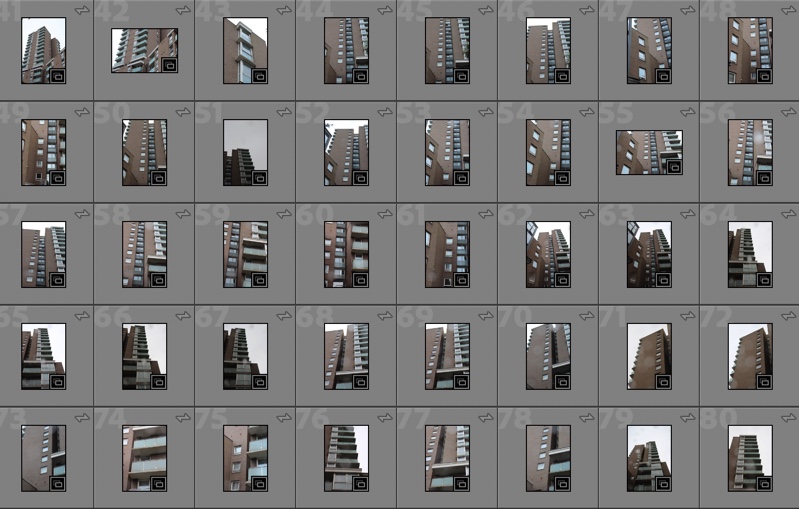
These images were taken from outside a block of flats next to the tunnel in St Helier. The pictures started off great but the weather began to impact my images, so I had to stop (pictures 56 and onwards are impacted by the rain)
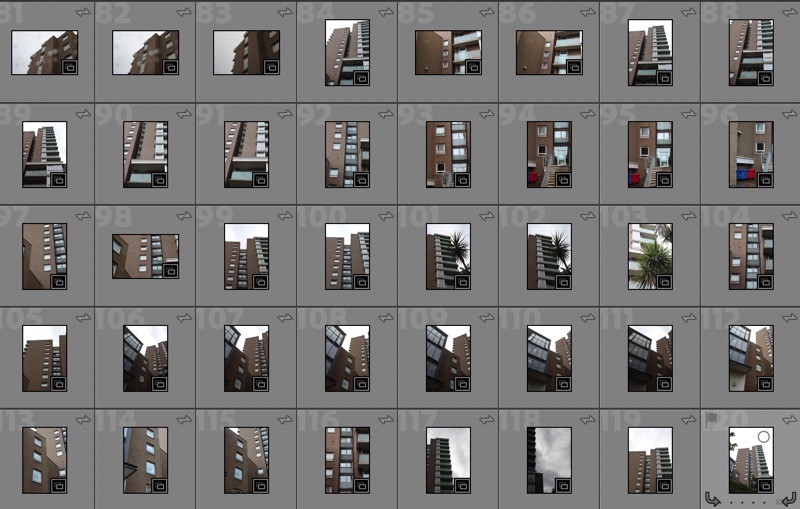
These images are of the same block of flats next to the tunnel in St Helier. – the weather impacted my shoot a little here with rain getting on the lens – I had to stop my shoot as I was worried about my camera, and I continued my shoot again later in the same location, as I liked the quality of the pictures, just not the weather conditions. From about picture 85 onwards was my second attempt at photographing these flats. – I was happy with my second attempt at this shoot, and I think that the moody skies help to add contrast and shadow to my images.
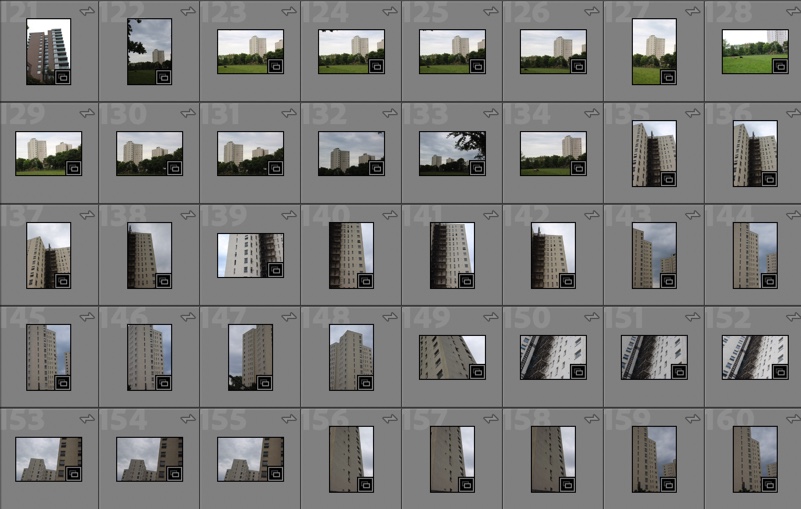
These pictures are of the three blocks of flats at Le Marais. I started off photographing them from afar, as I wanted to show the difference between these huge towers and the nature in the fields right next to them – I think I captured this contrast quite well in images 122 to 134. Then, I went into the estate itself to capture the blocks closer up. I found an angle pointing up to the sky, a high angle, achieved some great shots, as I think it emphasises the size of the block. I also liked the more zoomed in shots, as they created a more abstract image, focusing on the regular pattern of the windows.

Here I took more pictures of Le marais, featuring more of the whole buildings – I want to use these as the outlines of my collages in the style of Laura Romero possibly. Also, from picture 183 onwards I took pictures of another block of flats, which were not far from Le Marais, next to the lighthouse.
Evaluation
Overall, I am quite happy with this shoot. I think capturing the more tired and dilapidated areas of housing is important in relation to Anthropocene is important, as a lot of these flats with not be in place for much longer – they are all soon to be renovated and some turned into higher rise, more modern blocks of flats. I’m therefore pleased with my choices of location for this shoot as I think these areas show how the population of the island is increasing the buildings higher and higher, but to also show how places like Le Marais seem slightly forgotten, and neglected. – the housing crisis is putting more and more stress on social housing, which I wanted to show through this photoshoot. I wish I had taken more pictures of the buildings as a whole however, as these will be useful to use as my outlines / bases for my collages.
Shoot 2
In my second photoshoot, I took pictures of industrial buildings, both modern and run down / abandoned.
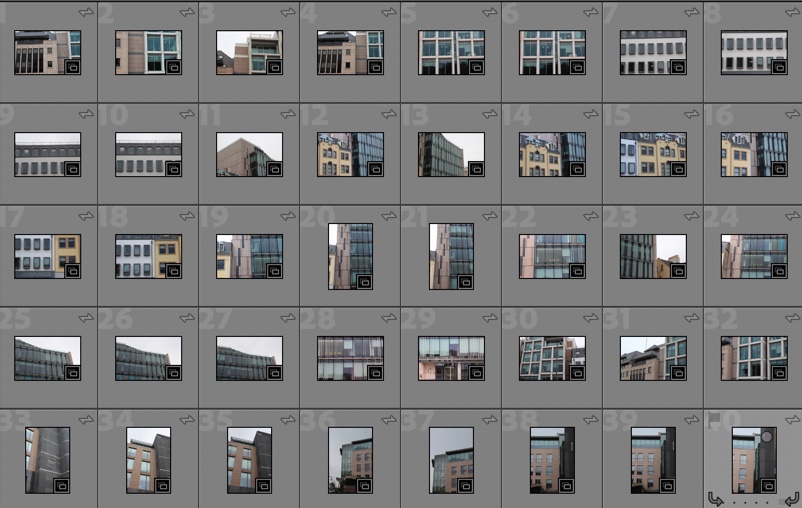
Here I photographed the finance buildings near the bus station and the waterfront. I had trouble getting the correct angle with a few of these images, meaning I often ended up with wonky images – however I aim to fix this in my editing.
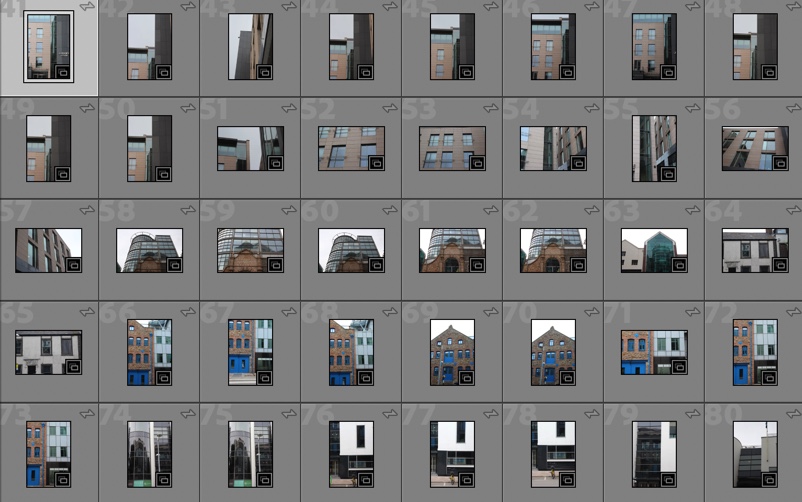
More images of the finance / industrial buildings near the bus station – I tried to capture the differences between buildings next to each other, to include in my collages later on (picture 66 to 73 for example).

Photos of Ann Street Brewery : I had some trouble with under/over exposure when photographing the old brewery – I experimented with ISO on manual mode until I found the right one – wrong ISO – picture 116, 117, and 118, fixed ISO, 119 onwards.
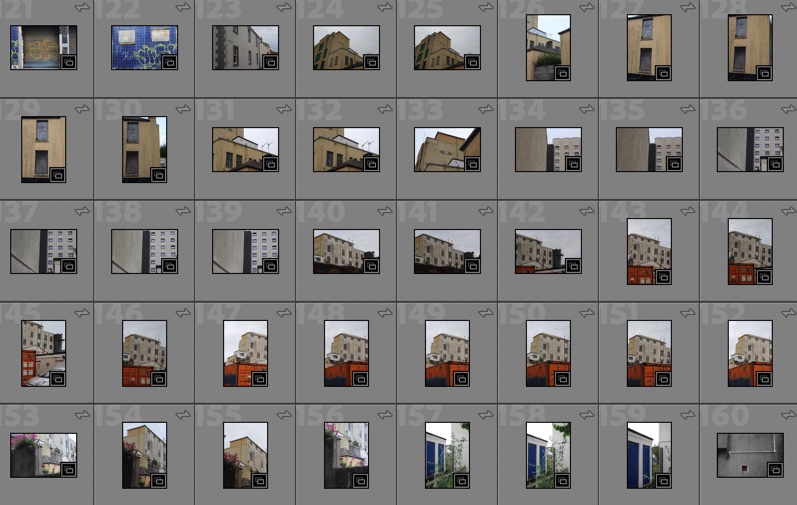
These are more images of Ann Street brewery, and the surrounding housing, some of which was disused, about to be demolished – this really interested me, and I think this area created some images that will be successful in my collages / final outcomes. For example the graffiti (123) which Anastasia Savinova uses in her work.
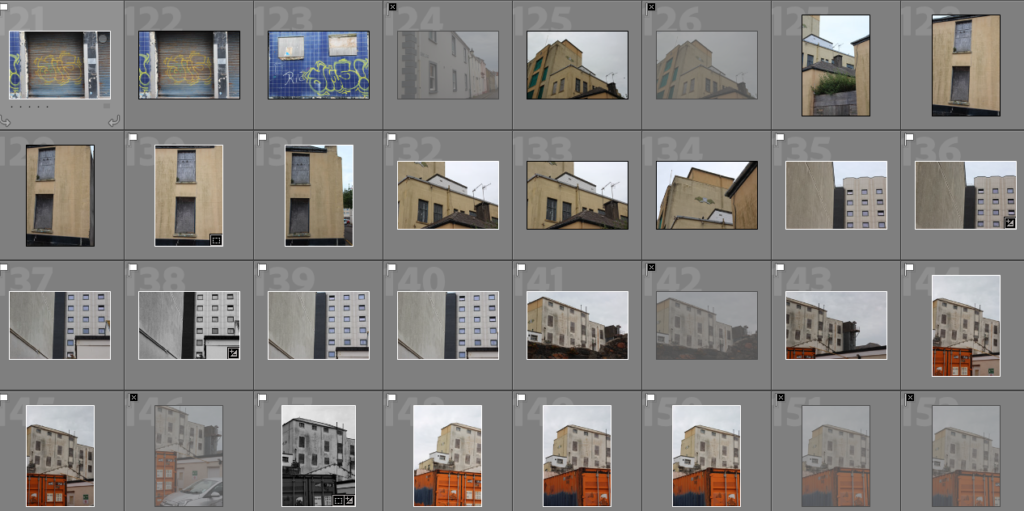
More images from my Ann Street location – these were quite successful, for example 135 – 140, of the new housing block amongst the old, and the back of the brewery (147).
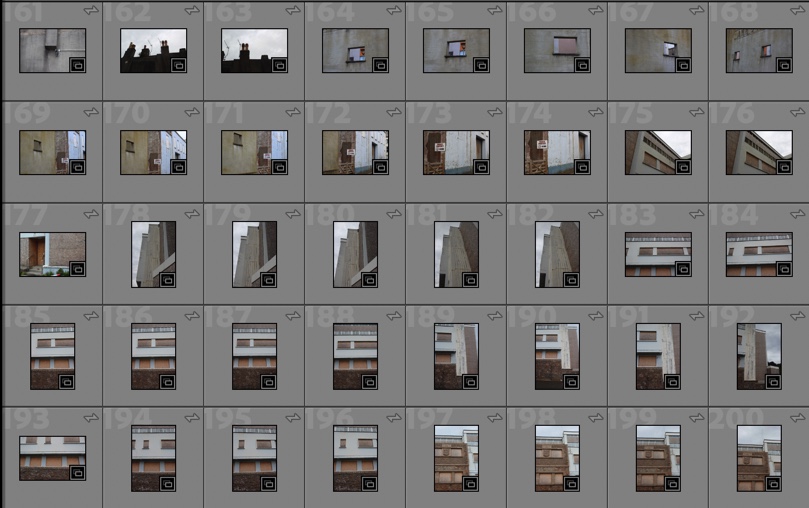
These images were taken at the derelict Department for Infrastructure building next to Fort Regent. I mainly chose to photograph this building for the patterns of the boarded up windows – I plan to incorporate different types of pattern with windows from different buildings in my collages. I found this building quite difficult to photograph how I wanted as there was fencing around it – I tried to use this fencing in my images (picture 250 – 257 for example), but if I was to do this shoot again, I could have maybe found a way around this fencing to photograph the building from the angles I originally wanted.
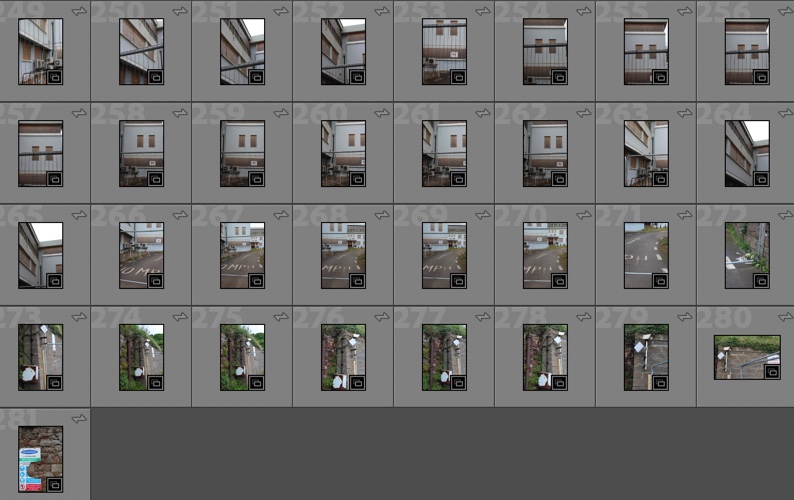
Evaluation
I have mixed opinions about my second photoshoot – I think the photos of the finance buildings around the Esplanade and the bus station could have been better – if I was to do the shoot again I could maybe use a tripod to ensure straight and clear images, as a lot of mine were wonky at this location. However, I was quite pleased with my images from Ann Street – I found this area very interesting to photograph, as all of these semi abandoned housing blocks behind the brewery were right next to the new, modern developments – I think this showed how some parts of Jersey are just completely forgotten by the government. This was completely new to me (the area) and in hindsight, wish I had taken more images.
Photoshoot 3 – development of last 2 shoots
After selecting my best images and evaluating my past two shoots, I decided to research more on the housing crisis, and the overdevelopment in the island. – I decided to re visit one location from my second photoshoot, at De Quetteville Court. I previously photographed this area, but focused on the old brewery next to it. After my first photoshoot in this area, I was intrigued – the new block of flats has been built, but sits next to the old flats and houses, which have laid empty for some time now. I wanted to photograph these, to highlight the waste of vacant properties on the island, as I researched, as well as how the housing crisis puts more and more pressure on social housing to keep improving and changing. This leaves the dated, vacated buildings behind – I wanted to document this through my development of my ideas in my third photoshoot.
I photographed the old estate at De Quetteville court, the surrounding streets, and also an abandoned warehouse.
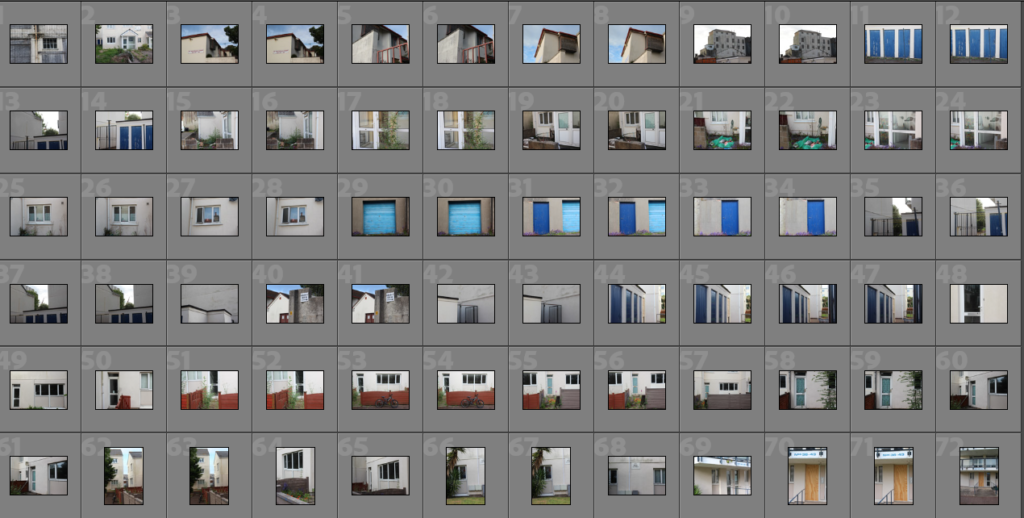
In my images of the vacated estate, I wanted to take deadpan images of the houses (pictures 58, 54, 70), to show how they have been left, still with posters in windows, and windows open, but boarded up and bare – this contrast was something I wanted to show in my images.

More pictures of the estate – I was also interested in how nature has taken over in some of these images, with flowers growing into windows and fences, despite the large amount of grey and concrete everywhere (pictures 120,117).
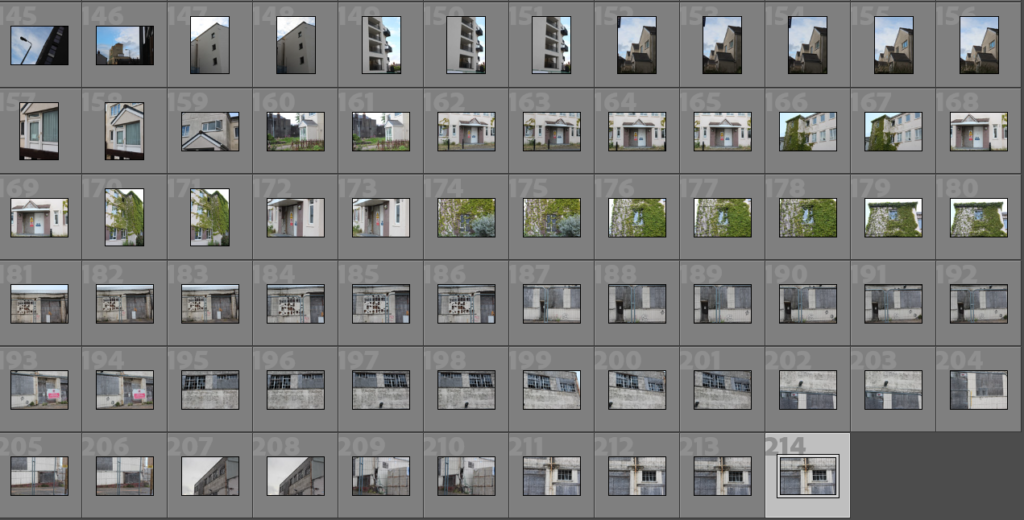
My final images of the estate – I then moved to a disused apartment building and warehouse – I had trouble with straight images again here, as I could not get to the angle I wanted to, due to the location.
Evaluation
Overall, I think this was a successful addition to my collection of photos for this project – my added research into the housing crisis helped inform my decisions, like going back to an area such as De Quetteville after researching its’ history and refurbishment. It was helpful feeling like I was actually commenting on an issue within the island, that I felt strongly about, rather than just taking pictures with no meaning behind them.
